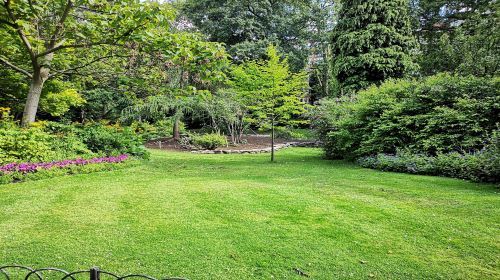
10 June 2022
We hope you had a great bank holiday and Jubilee weekend. The Week in Soil is back this week with all the soil related news you may have missed over the last two weeks
Defra has announced details on its new slurry storage grants due in Autumn. The grants will allow farmers who already have slurry storage to upgrade their stores to have the capacity for 6 months. This is aimed at reducing the need for farms to spread manure on soils during certain seasons and risk polluting rivers through runoff.
Environmental charities have criticised the National Farmers’ Union (NFU) helping farmers avoid strict water pollution restrictions. Over 200 farmers and land managers have been supported by the NFU funding legal challenges to prevent the designation of areas as Nitrate Vulnerable Zones (NVZ). NVZs result in tougher rules and enforcement on farmers spreading manure and fertilisers, to reduce nitrate pollution of rivers. Environmental charities are concerned this is preventing action on river pollution.
Several environmental charities are concerned that peatlands are being illegally burned. Due to the amount of carbon stored in peat soils, the government and environmental charities argue that peatlands are Britain’s ‘national rainforests’. Environmental charities have collected evidence that claims illegal fires have occurred where peat is deeper than 40cm, which was banned last year in the UK. The fires are likely to have taken place on grouse estates where they are used to allow new green shoots to grow and feed grouse birds.
Morrisons has launched a Sustainable Beef and Lamb Scheme to support farmers. As part of the scheme beef and lamb farmers will be able to undertake free carbon audits and be encouraged to increase carbon sequestration through soils. The scheme is aimed at reducing the emissions and environmental impact of beef and lamb production in the UK.
The Environment Agency’s SEEBEYOND project has published its latest report recommending incentives for environmental improvements that go beyond regulations. SEEBEYOND focuses on standardising environmental measurements across the food and drink industry, allowing businesses to monitor their environmental actions and improvements as well as encouraging further action. In the report’s conclusion, it was accepted that soil health had been excluded as an environmental metric within the project, but this was due to farming being outside the project’s scope and could potentially be considered in future development of metrics.
On Monday, George Monbiot, Claire Ratinon and Sarah Langford discussed the importance of soils to a food and farming revolution. The discussion took place on BBC Radio 4’s Start the Week and considered different directions of travel for the UK and global food and farming to improve the environment.
US soil scientist Rattan Lal writes about the use of soil for managing conflicts between agriculture and nature. Lal argues that improved soil management and sustainability are crucial for global peace and that environmentally intensive systems within agriculture can help improve soil health the most.
A new study shows that plastic used for mulching leads to soil contamination. Mulching is a process of covering soils so they retain moisture and their temperature which improves their production capabilities. Through soil samples, it was found by Toxic Links NGO, that the number of microplastics in mulched soils was much higher than in un-mulched.
A recent seminar highlighted that biochar can improve soils. The international seminar in Pakistan discussed how biochar could enhance soil health including removing gastroenteritis disease pathogens from wastewater applied to soils. Biochar can allow waste to become a soil enhancer rather than contaminate it and improve carbon sequestration by soils, according to Dr Fahd Rasul.
Dunbar in Scotland has a new soil art exhibition. The North Lights’ Artist in Residence, Natalie Taylor, has been focusing on Dunbar’s soils including using microscopes to study soil organisms and creating paint from soils. At the local exhibition, photographic portraits are on display showing different ‘Keepers of the Soil’ who wear a ceremonial cape worn at special events to show the importance of soil.